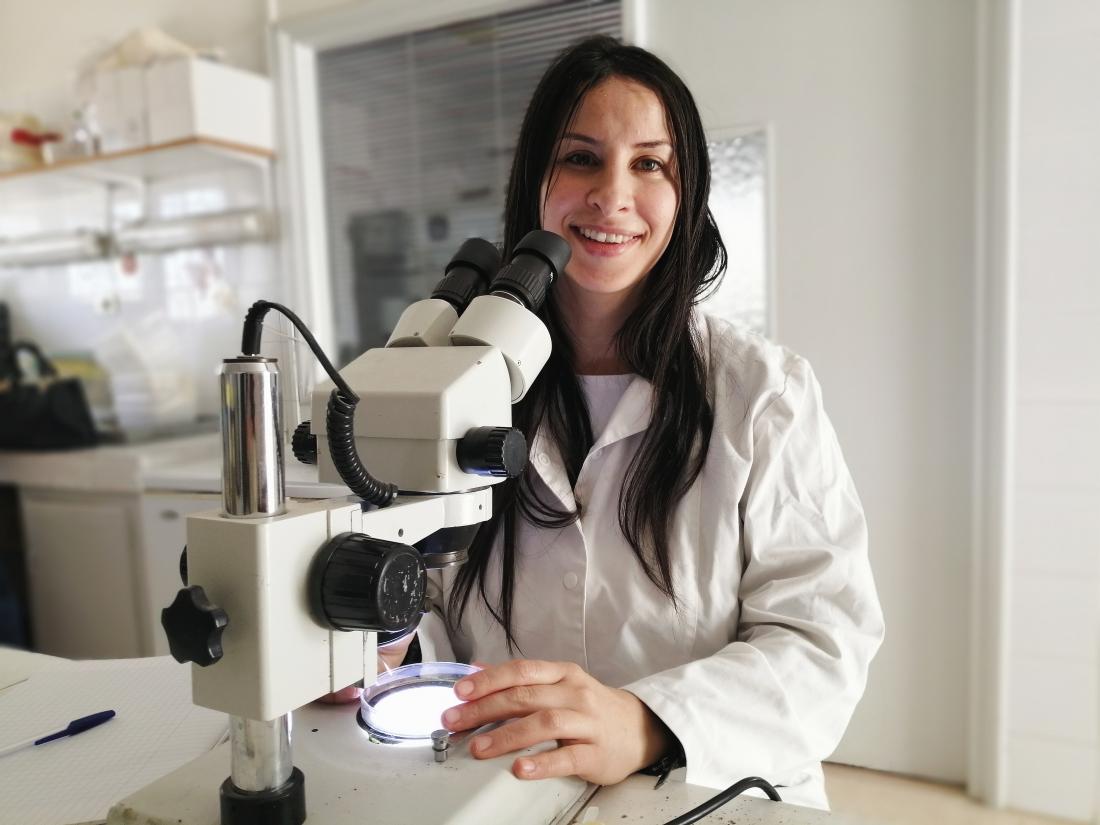FruitFlyNet-ii technology can improve crop production by helping farmers to take the right decisions

As the main focus research line of FruitFlyNet-ii project is how to monitor and control the Olive Fruit Fly (Bactrocera oleae), we wanted to know more about this pest and its impact on olive trees. Therefore, we asked Mrs Manel BenAmeur, technical manager at the Institut de l’Olivier, Tunisian partner of the project. Manel, agricultural engineer graduated from the National Agronomic Institute of Tunisia, who has previous experience working in the Under Direction of Plant Health and Control of Agricultural Inputs, shared her knowledge with us.
- Why is research focusing more and more on the Olive fly? What is its impact on the ground?
Manel BenAmeur: That fly is considered to be the most severe pest of olive cultivation causing terrible economic losses. Damages caused by Bactroacera Oleae can reach very high percentages if left untreated.
- What time of the year does the Olive Fruit Fly generally appear?
M.B: We observe adults flight during spring. In this season, the climatic conditions are favorable for pest development. Olive fly adults emerge from pupae in the soil, and fly into olive tree groves.
- Is the Olive fly more present in Tunisia than in other countries?
M.B:This species is found throughout the Mediterranean region, also in India, and in theUnited States (California)
- Do the Bactrocera Oleae attack more varieties of olives than others? Or do they attack all varieties equally?
M.B: It depends on the cultivar susceptibility. In fact, table olives are more susceptible than olive oil varieties. Our local cultivar Chemlali does not resist to the olive fly. Every year we observe several attacks.
- Do you know what is the attack threshold of table olives by the olive fly in Tunisia?
M.B: The approved ratio for the economic damage threshold is 1% for the table olives and 10% for oil varieties. Of course, the surveillance is strictly undertaken in order to avoid approaching these thresholds. Thus, interventions are triggered when infestation ratios are about to reach economic threshold for each grown variety.
- Does the Tunisian Government adopt a strategy against the olive fruit fly attacks?
M.B: Actually, the national olive oil office conducts the national treatment campaigns against olive fly using a mixture of protein hydrolysateand insecticide as a preventive intervention and generalized insecticide spraying when olive fly infestation is important
- Currently can the farmers use only chemical products? or are there any Biological/ Eco friendly methods to control the olive fruit Fly?
M.B: Organic farming usually does not use any treatment. Farmers install their farms far from the coast to avoid humidity. However, conventional farming uses chemical products such as the systemic insecticide Dimethoate.
- What would be the benefits for local farmers after the use of the new traps developed by FruitFlyNet-ii?
M.B: This technology can improve crop production. In fact, this system will notify farmers through their smartphones about the presence of the Olive Fruit Fly in real time in the field. Therefore farmers, will anticipate the risk and take decisions faster. In addition, farmers will use less quantity of insecticides.







